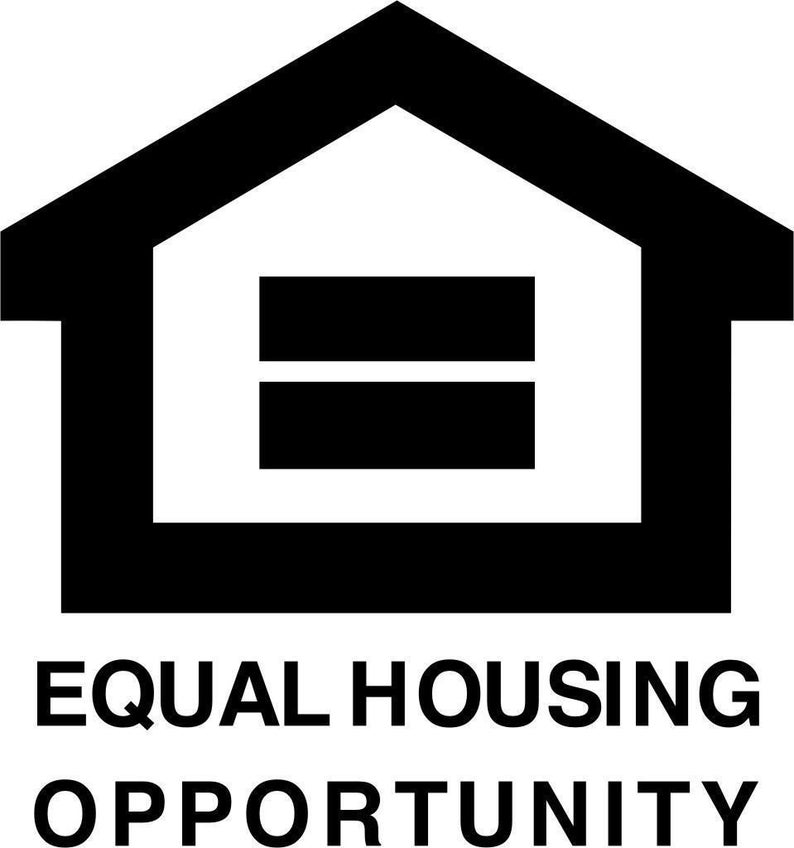

Protected classes under state and local law can include: Sex, including sexual orientation and gender identity.Beyond the federal fair housing laws, state and local laws may provide further protection to renters in additional protected classes, some of which are summarized below. In fair housing terms, discrimination means treating someone differently because they are part of a protected class. What classes are protected from rental discrimination? HUD guidance explains that because people of color are disproportionately arrested, and being arrested may have no relationship with your ability to be a good tenant, then people of color may be disproportionately disqualified from housing by tenant screening policies despite those policies not serving any legitimate business justification. Examples of rental discriminationĪn example of intentional discrimination is posting a sign that says “No need apply.” Such overt discrimination is relatively rare today, but other practices - such as imposing restrictions on families with children - still occur.Īn example of unintentional discrimination may be when a landlord or property manager applies a “one strike” tenant screening rule for arrests. Such disparate impact liability is often recognized under state law as well, and landlords and property managers should research state and local anti-discrimination laws to ensure their compliance. As a result, landlords and property managers should be aware that they may be liable for policies and practices that, even unintentionally, have a materially adverse impact on people in protected classes. Supreme Court has recently confirmed that the Fair Housing Act recognizes disparate impact liability. Unintentional discrimination (called “disparate impact” discrimination) occurs when an action or policy triggers adversely affects members of a protected class, even if there was no intention to discriminate. Intentional discrimination (called “disparate treatment” discrimination) occurs when someone treats a renter adversely because of their status in a protected class. Courts recognize that discrimination may result from both intentional and unintentional conduct. Rental discrimination is when a landlord or property manager treats an applicant differently based on the applicant’s inclusion in a protected class.
HUD was given enforcement responsibility by the Fair Housing Act of 1968. Department of Housing and Urban Development (HUD). This law is administered and enforced by the Office of Fair Housing and Equal Opportunity (FHEO), an office within the U.S.

What does equal housing opportunity mean?Įqual housing opportunity is the notion that all persons should be granted the same chances when it comes to choosing housing. It was broadened in 1988 to prohibit discrimination on the basis of disability and familial status. The act was originally adopted as part of the Civil Rights Act of 1968. The Fair Housing Act is the federal law that prohibits discrimination because of a person’s protected class when renting or buying a home, getting a mortgage, seeking housing assistance or engaging in other housing-related activities. Whether you own one investment property or manage 200 units, it’s important for you and your team to understand and abide by applicable federal, state and local fair housing laws promote an equal housing opportunity for tenants and run a compliant rental business. What should you consider when renting to families with children?.How should you determine max occupancy?.What classes are protected from rental discrimination?.What does equal housing opportunity mean?.


 0 kommentar(er)
0 kommentar(er)
